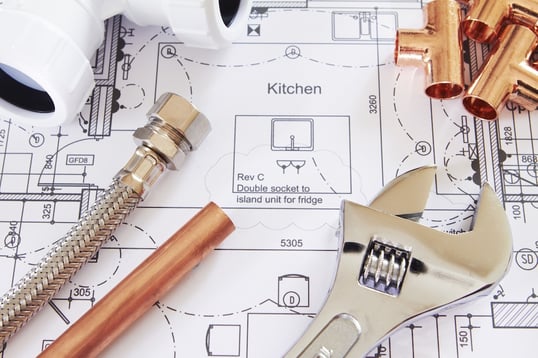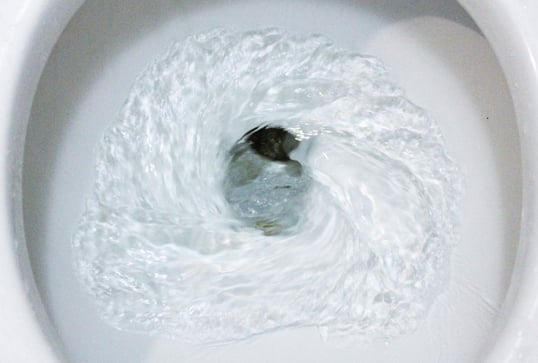Along with pipe deterioration and collapse, pipe offset damages are one of the most problematic things a homeowner can be faced with in terms of plumbing. Not only are offset pipelines a pain to fix, but also an expensive project few see coming. Traditionally, you would have to call a professional plumbing team and get the pipe in question manually excavated; this meant significant landscaping, material, and labor fees.
Read More
Does the plumbing system in your home have leaks, faults, and bad connections that need fixing? Are you preparing to sell your old Sacramento home and are worried that antiquated plumbing may be a sticking point for potential buyers? Or perhaps you just want to update the piping in your home to meet the current California plumbing code. Whatever the reason, you’ve decided to repipe your home and take charge of critical home maintenance issues.
Read More
When we first introduce today’s high-efficiency pipe repair solutions to our customers, the barrage of new terms, techniques, and technologies can leave some more confused than before. What exactly is pipe bursting? What about directional boring? Better yet, how do these technologies make pipe repair affordable for me?
Read More
A sewer backup can be both cumbersome and expensive to fix. They also are very avoidable. With the right preventative maintenance, you can prevent a sewer backup and the other consequences that come with one.
Read More
Pipe lining and repair can be expensive. In Sacramento, given the ongoing drought and recent attempts to lower water consumption, home and city sewer pipes are taking things particularly rough. As we’ve outlined in previous blog features, previous droughts have pushed many in California to lower their overall consumption by any means necessary; limited lawn water use, water recycling, and other such practices.
Read More
As incident-free as pipe lining applications typically go, there is always a slim possibility of error; this is just a universal truth in home and commercial renovation, including plumbing care. Trenchless pipe lining, the application and curing of epoxy resin materials within broken pipe walls, is no exception.
Read More
In the heart of California, where the historic charm of Sacramento meets modern living, homeowners and businesses face a common challenge: maintaining and repairing aging plumbing systems without disrupting the city's picturesque landscapes. Enter trenchless plumbing, an innovative solution that's transforming how plumbing repairs are approached in Sacramento.
Read More
Whether your sewage system has cracks in it or is severely damaged, trenchless repairing methods use advanced technology to render poor functioning sewage systems back to new. If you are deciding which professional plumbing company to use, you may want to look into one that can repair fractured pipes using trenchless technology.
Read More
Expert installation of cured-in-place pipe (CIPP) liners is the least invasive way to restore damaged pipe structures, at a fraction of the costs of traditional repairs. Inferfit lining, which molds to form within existing pipes, makes it easy for homeowners, municipal planners, and building owners to tend to pipe damage in a quick, affordable manner.
Read More
Here at Express, we tout the many benefits of trenchless plumbing all the time, and with good reason: it saves both time and money. No matter how clichéd that may seem, no matter how meaningless it may sound, when it comes to trenchless technology, it’s true. We’re committed to bringing our valued customers to the forefront of plumbing technology. That means trenchless technology for Sacramento.
Read More










